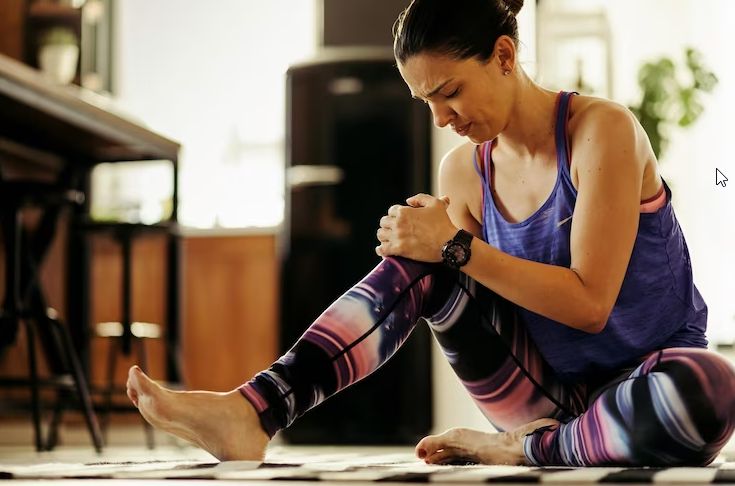A sports injury is any damage to the body that occurs as a result of sport or exercise. They can range from minor bumps and bruises to major fractures and dislocations.
There are two main types of sports injuries:
- Acute injuries: These happen suddenly, often as a result of a traumatic event such as a collision or a fall. Examples of acute injuries include sprains, strains, and fractures.
- Chronic injuries: These develop over time as a result of overuse or improper technique. Examples of chronic injuries include tendinitis, bursitis, and stress fractures.
The severity of a sports injury will depend on a number of factors, including the type of injury, the force of the impact, and the athlete’s overall health and fitness.
Some of the most common sports injuries include:
- Sprains: A sprain is a tear or stretch of a ligament, which is a band of tissue that connects bones together.
- Strains: A strain is a tear or stretch of a muscle or tendon, which is a band of tissue that connects muscle to bone.
- Fractures: A fracture is a break in a bone.
- Dislocations: A dislocation is when a bone is forced out of its joint.
Treatment for sports injuries will vary depending on the type and severity of the injury.
However, some common treatments include:
- Rest: This is essential for allowing the injured tissues to heal.
- Ice: Applying ice to the injured area can help reduce pain and swelling.
- Compression: Wearing a compression bandage or using a brace can help support the injured area and reduce swelling.
- Elevation: Keeping the injured area elevated above the heart can help reduce swelling.
- Pain medication: Over-the-counter pain medication can help relieve pain and inflammation.
- Physical therapy: Physical therapy can help to strengthen the muscles and ligaments around the injured area and improve flexibility.
Specialized sports injury clinics play a crucial role in the recovery and rehabilitation of athletes of all levels, from weekend warriors to professional competitors. These clinics offer a comprehensive range of services tailored to the specific needs of athletes, with a focus on rapid recovery, preventing re-injury, and optimizing athletic performance.
Here’s a breakdown of the key roles of specialized sports injury clinics:
1. Diagnosis and Treatment:
- Specialized expertise: Sports injury clinics employ a team of healthcare professionals with specialized training and experience in sports medicine, including sports physiotherapists, orthopedic surgeons, sports physicians, and massage therapists. This expertise ensures accurate diagnosis and treatment plans specific to the demands of athletic training and competition.
- Advanced diagnostic tools: Clinics often utilize advanced diagnostic tools like diagnostic ultrasound, MRI scans, and biomechanical analysis to pinpoint the exact nature and severity of the injury, leading to more effective treatment plans.
2. Treatment and Rehabilitation:
- Multidisciplinary approach: Sports injury clinics take a multidisciplinary approach to treatment, combining various modalities like physiotherapy, manual therapy, exercise rehabilitation, pain management, and bracing/casting to address the injury holistically.
- Personalized rehabilitation plans: Rehabilitation plans are individualized based on the athlete’s specific injury, sport, and fitness level. This ensures a targeted approach that promotes faster recovery and minimizes the risk of re-injury.
In some cases, surgery may be necessary to repair a severe sports injury.
If you think you may have a sports injury, it is important to see a doctor or physiotherapist for diagnosis and treatment. Early diagnosis and treatment can help prevent complications and speed up the healing process.
You may also like
-
Effortless Pigmentation Mark Removal: Exploring the Benefits of Yellow Laser Treatment
-
Pelvic Mesh Implants: What You Should Know About Potential Side Effects
-
How to Recover From a Foot Injury
-
Finding Balance: 7 Stores Offering the Best Traditional Chinese Medicine for Stress Relief
-
Sildisoft 100 and Valentine’s: Crafting Moments of Love

